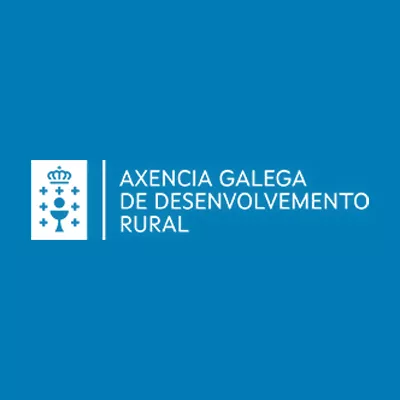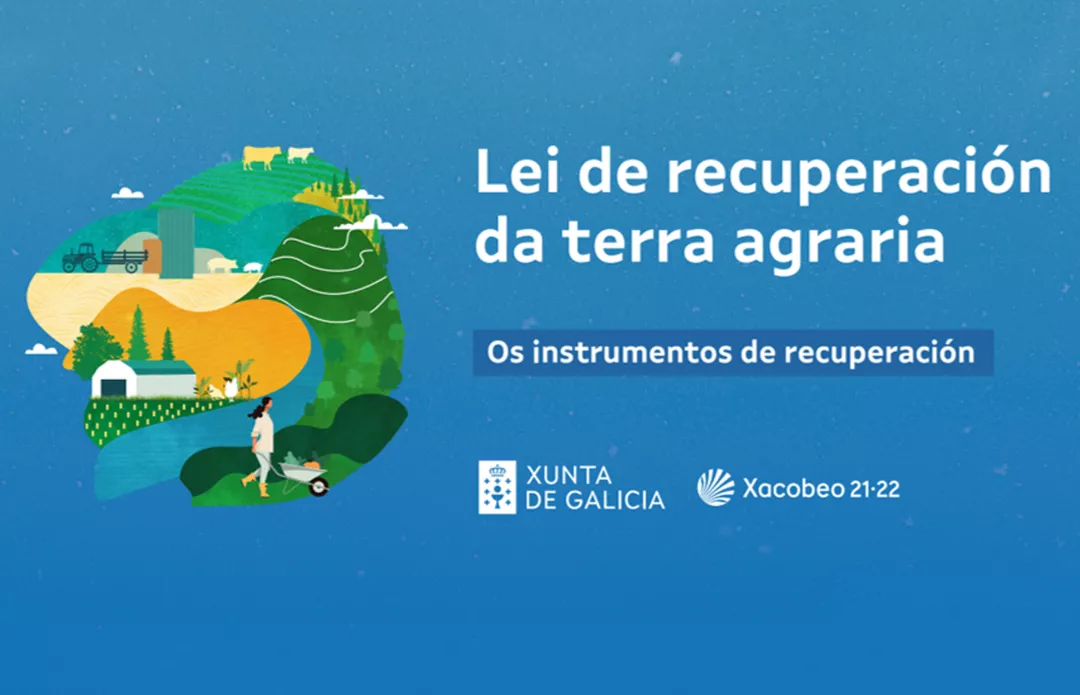General information
RDP Priority
- P6. Social inclusion and local development
RDP Focus Area
- 6B: Local development
RDP Measure
- M07: Basic services & village renewal
Summary
The Model Villages instrument was legislated by the Galician Regional Parliament in 2021, with the aim of restoring abandoned agricultural land into production in a sustainable way. Through this public-private partnership abandoned land of high productive capacity that is close to small villages can be accessed by young farmers. The initiative contributes to reversing demographic and economic decline, while improving the resilience of rural areas to environmental risks.
Results
19 villages have been supported so far, covering more than 600 ha and including more than 8 500 plots of agricultural land.
Five young farmers have now relocated to highly diverse and depopulated areas.
Nine more villages will be supported by the instrument in 2022 and more will follow.

Promoter
Axencia Galega de Desenvolvemento Rural
Funding
Total budget - 5 799 428 (EUR)
EAFRD - 1 571 701 (EUR)
National/Regional - 523 901 (EUR)
Private - 3 703 826 (EUR)
Resources
Documents
The Model Villages instrument in Galicia
(PDF – 1.84 MB)
Context
The population of Galicia is progressively ageing. This is associated with the loss of the traditional agrarian economy and territorial depopulation. It also results in grossly insufficient landscape management across the territory and associated negative environmental impacts.
In recent decades, Galicia has lost more than two thirds of its agricultural holdings and 95% of its agribusiness activity. The area managed by farms has been reduced by 37%, while agro-livestock production has increased by 50%. This trend towards increased intensification on a limited area coupled with decreasing numbers of farm businesses is expected to continue, inevitably reinforcing rural depopulation and environmental degradation.
In response to this situation, in 2021 the Galician Regional Parliament passed legislation creating a Model Villages instrument to contribute to the recovery of agricultural land.
Objectives
The Model Villages instrument aims to attract young people to highly depopulated areas, by promoting the ‘green economy’ and job creation in the primary sector. It is also intended to reduce environmental risks in highly depopulated rural areas.
Activities
The instrument specifies that only abandoned land close to villages can be eligible for support to create economic activity. From an environmental perspective, restoring agricultural land around villages also reduces the risk of forest fires, which are frequently the result of anthropogenic causes.
The Model Villages instrument stipulates that the land must also be of good productive capacity and in a state of serious neglect. Landowners must then agree to transfer certain rights of at least 70% of their land to a Land Bank for a minimum of 10 years.
Participation is voluntary and owners maintain full ownership of the land by leasing it to a Land Bank. The plots of land are not restructured, which means that the boundaries are not changed. Another feature of the instrument is that attention is paid to the maintenance, conservation and recovery of any agricultural infrastructure on the plot, for example fences or networks of internal roads. The instrument requires that the land is managed in a sustainable way, according to traditional and preferably organic production.
The provision of a Model Village Network generates synergies and supports knowledge sharing between all project stakeholders.
Main results
19 villages have been supported by the instrument so far (in 2021), covering more than 600 ha. These include more than 8 500 small plots of agricultural land and some 2 200 residents living in highly diverse and depopulated areas.
So far, five young farmers have relocated, set up business and the number is due to increase.
Nine more villages will be supported by the instrument in 2022 and more will follow as currently almost 70 applications are being processed.
Key lessons
This model of public-private cooperation makes it possible to recover abandoned agrarian land, increase resilience to forest fires, stimulate the local economy and attract young economically active residents to rural areas.
The instrument enables a reversal of extreme land fragmentation by turning small farms plots into dynamic and economically viable farms.
The instrument is designed to engage young farmers, who are typically leaders in the transition and adaptation of rural areas to a smarter, greener and more productive and inclusive paradigm.
